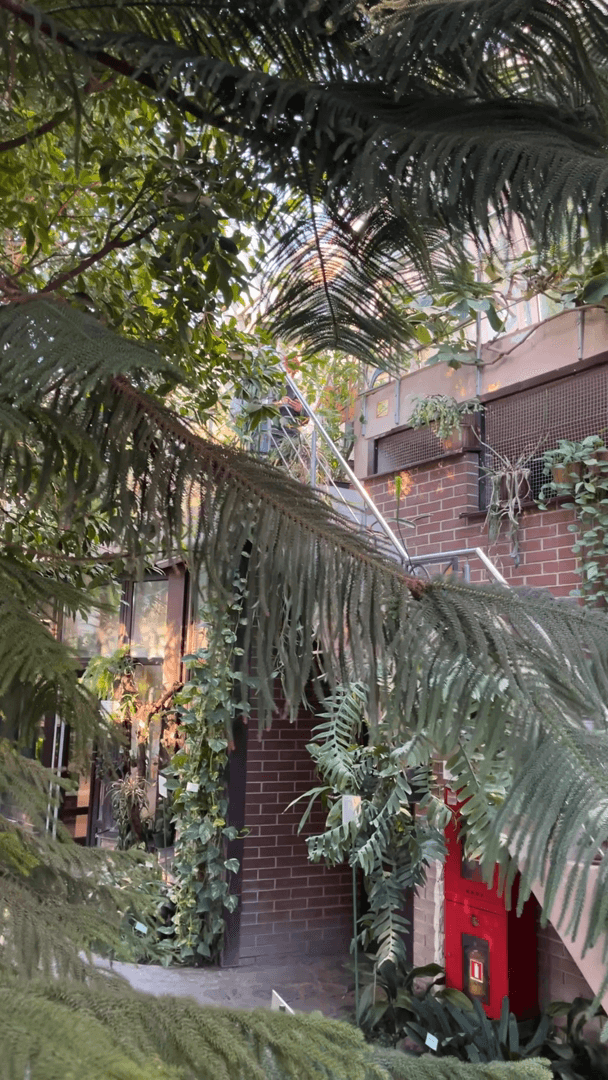
Arizona Coues Deer Hunting: Laws and Demographics, Legislarion. Secrets to Bagging the Gray Ghost Arizona's Hunting Landscape and Climate Arizona presents a diverse and challenging hunting landscape that spans across 113,998 square miles of varied terrain. The state's hunting grounds are divided into three distinct geographical regions, each offering unique opportunities and challenges. The northern high country, characterized by ponderosa pine forests and elevations reaching up to 12,633 feet at Humphreys Peak, provides excellent habitat for elk and mule deer. The central region, dominated by the Sonoran Desert and its iconic saguaro cacti, offers prime hunting for desert bighorn sheep and javelina. The eastern mountain ranges, including the White Mountains and Mogollon Rim, create ideal conditions for both forest and plains game. The state's climate varies dramatically, ranging from alpine conditions in the north to scorching desert temperatures in the south, with average annual r
Post: 16 May 12:04
















































